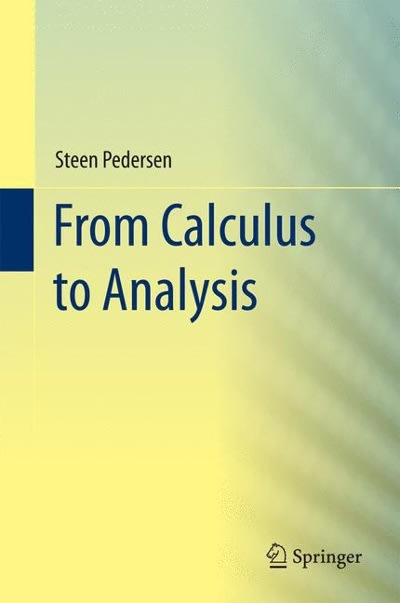31. The estimated standard error of the mean is equal to: a. the standard deviation of the sample b. the standard deviation of the sample, divided by the square-root of the size of the sample, less one c. the standard deviation of the population multiplied by the size of the population d. the difference between the mean of the sample and the mean of the population 32. The alpha error may never be committed when: a. the null hypothesis is rejected b. the null hypothesis is accepted c. the direction of the alternative hypothesis is specified d. the difference between the mean of the sample and the mean of the population 33. The true parameter mean may be predicted by using: a. either hypothesis testing or known variance values b. either hypothesis testing or interval estimation c. either interval estimation or its opposite, confidence intervals d. none of these 34. In order to predict whether a certain set of random sample scores could possibly be part of a given population, the researcher could use: a. the z score equivalents of each sample score b. the percentile equivalents of each sample score c. the one-sample t test d. the interdecile range 35 The distribution of differences is composed of the differences between: a. raw scores and the mean b. the highest and lowest scores in distribution c. the standard deviation and the standard error of the mean d. pairs of randomly selected sample means 36. When all samples are drawn from a single population, the mean of the distribution of differences should approximate: a. 0 b. + 1.0 C. - 1.0 d. the mean of the distribution of means 37. If the mean of the distribution of differences was to equal -6.00, this would indicate that: a. the standard deviation of the distribution is a function of the range b. the samples probably represent different populations c. the samples were probably selected from a single population d. none of these, since the mean can never equal zero 38. Whenever the mean of the distribution of differences equals zero, then one can be fairly safe in concluding that: a. the samples probably represent a single population b. the samples probably represent different populations c. there was absolutely no sampling error d. actual standard score







